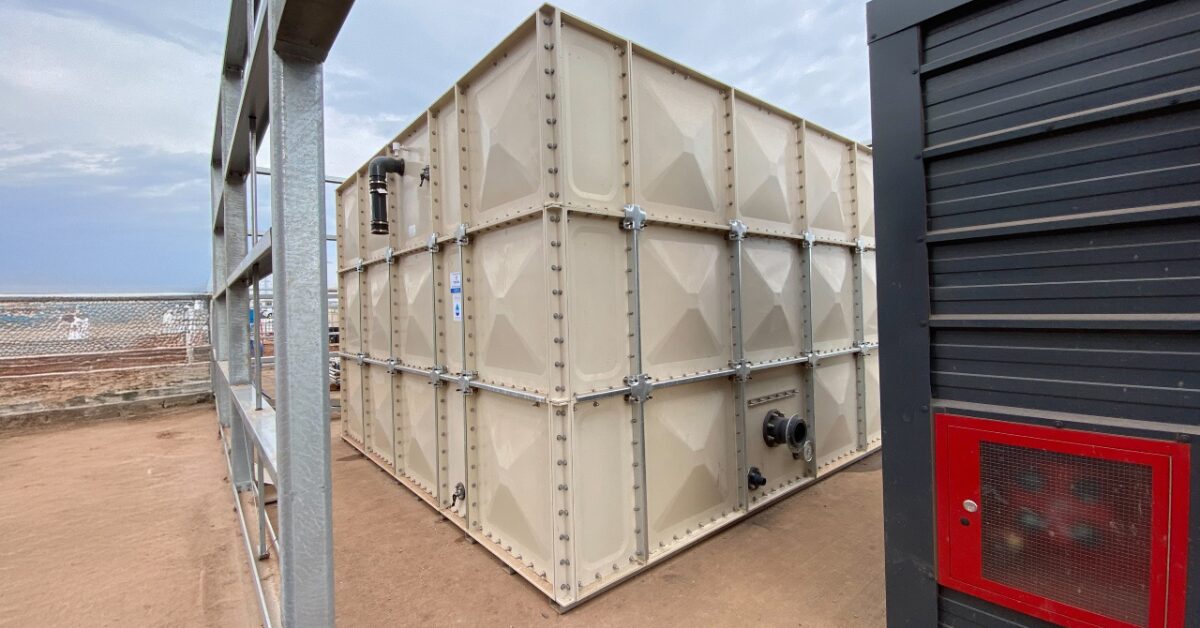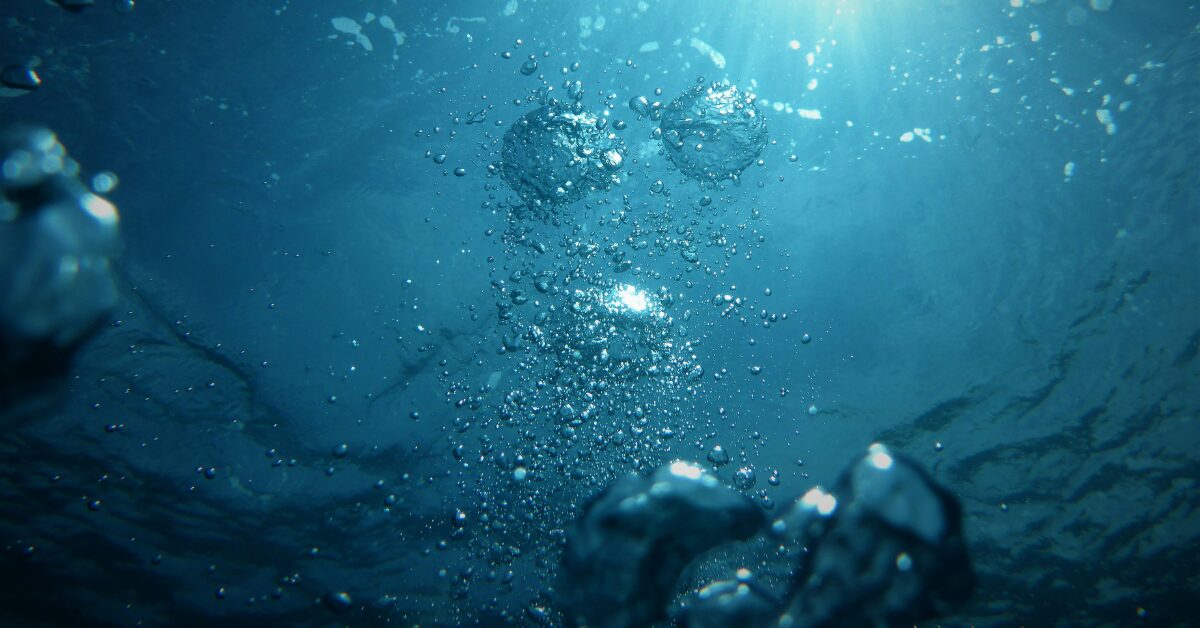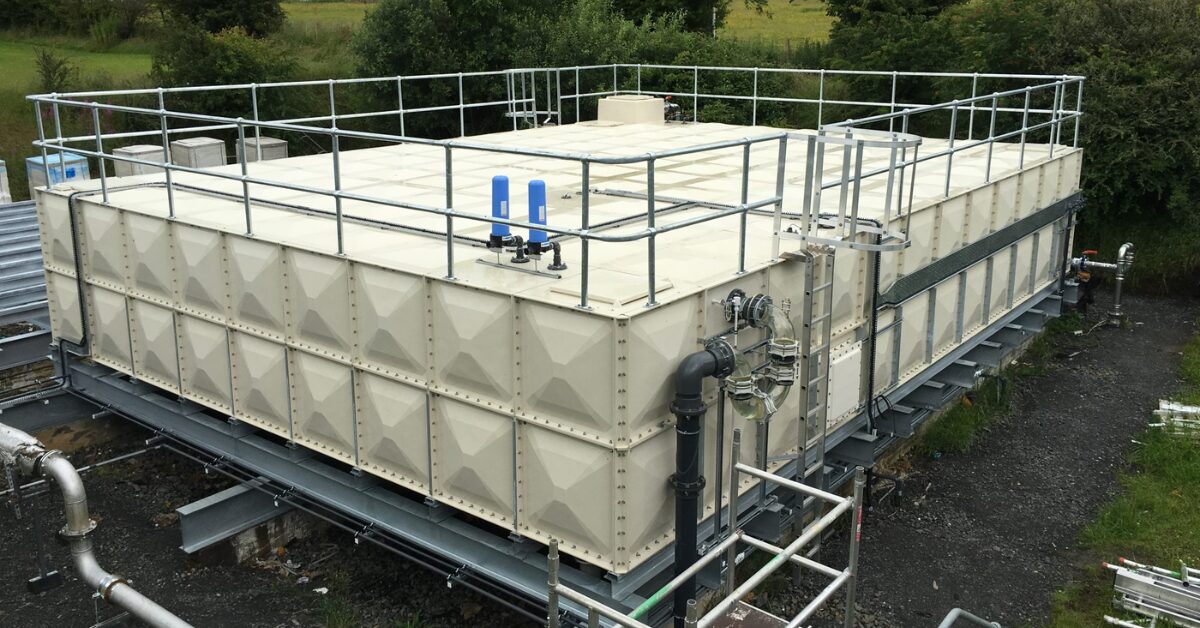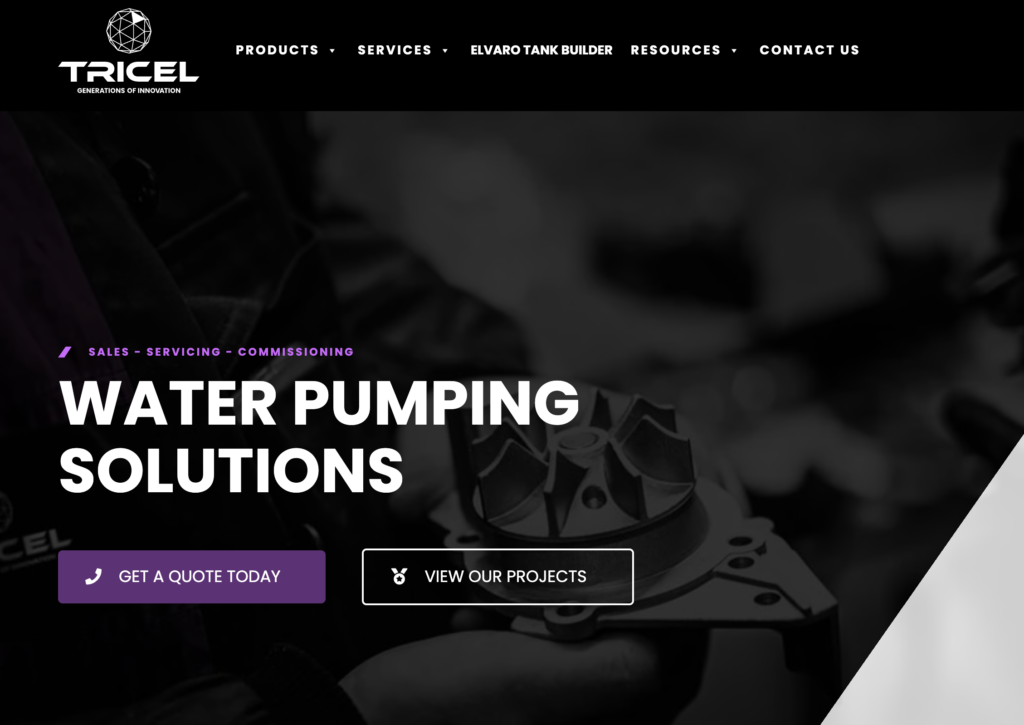
A Homeowners' Guide to Residential Water Tanks
Home » Product Guides & Comparisons » A Homeowners’ Guide to Residential Cold Water Storage Tanks

A Homeowner’s Guide to Residential Cold Water Storage Tanks
Residential cold water storage tanks are an essential part of any home plumbing system, especially in properties where consistent water pressure, backup supply, or system separation is required. From loft-mounted tanks to outdoor insulated units, these tanks play a crucial role in ensuring a reliable water supply for daily use.
In this guide, we’ll explore what residential cold water storage tanks are, why they’re used, their benefits, and how to choose the right one for your home.
What Are Residential Cold Water Storage Tanks?
Residential cold water storage tanks are containers used to store potable (drinking) or non-potable water at ambient temperatures for domestic use. Typically made from GRP (Glass Reinforced Plastic) or plastic (polyethylene), these tanks are designed for durability, hygiene, and ease of installation.
They are commonly used in loft spaces, utility rooms, or outdoor areas and act as the central reservoir for water feeding into bathrooms, kitchens, and heating systems.
Common Residential Applications
Cold water storage tanks in residential properties are used for a variety of purposes:
- Gravity-fed plumbing systems: Tanks in lofts feed water down to taps and appliances using gravity.
- Hot water systems: Tanks supply cold water to immersion heaters and hot water cylinders.
- Water pressure support: In areas with low mains pressure, tanks help maintain steady flow rates.
- Rainwater harvesting: Tanks store harvested rainwater for garden or non-potable use.
Backup supply: Essential in areas prone to water supply disruptions.
Benefits of Using Cold Water Storage Tanks in Homes
Consistent Water Supply
Even during mains pressure drops or water cut-offs, a tank ensures there’s always a backup water source available.
Compatibility with Heating Systems
Most traditional heating systems rely on a cold water tank to supply water to a hot water cylinder safely and reliably.
Customisable Size and Placement
Residential cold water storage tanks come in a wide range of sizes – from 50 litres to 2,000+ litres – making them suitable for any home size or layout.
Improved Water Pressure (in gravity-fed systems)
Loft-installed tanks use elevation to provide natural water pressure, ideal for bathrooms and kitchen taps.
Hygienic and Compliant
WRAS-approved tanks ensure the stored water is safe for household use, adhering to UK water regulations.
Types of Residential Cold Water Storage Tanks
One-Piece GRP Tanks
- Capacities from 45L to 16,000L
- Delivered ready to install
- Ideal for lofts or basements with good access
Two-Part Tanks
- Come in two halves and assembled on site
- Perfect for tight loft hatches, narrow staircases, or confined spaces
Choosing the Right Tank for Your Home
When selecting a residential cold water storage tank, consider the following:
- Household size: More people = larger tank capacity
- Usage: Potable supply, heating feed, or rainwater collection?
- Location: Loft, garage, garden, or basement installation
- Regulations: Ensure tanks are WRAS-approved and BS EN 13280 compliant
- Access restrictions: Split tanks may be needed for small spaces
Pro Tip: For a 2–4 person household, a tank capacity of 150 to 250 litres is usually sufficient.
Installation Tips
- Always install tanks on a flat, load-bearing surface.
- Ensure sufficient insulation if placing outdoors or in an unheated loft.
- Use an approved Type AB air gap where needed to prevent contamination.
- Consider installing a lid, screened overflow, and insect guard for hygiene.
Why Choose Tricel for Your Residential Cold Water Storage Tank?
At Tricel Water UK, we offer a wide range of GRP cold water storage tanks specifically engineered for domestic use. Our tanks are:
- WRAS-certified for compliance and safety
- Available in one-piece, two-part, and sectional designs
- Customisable with insulation, fittings, and internal divisions
- Backed by over 50 years of manufacturing expertise
Browse our full range of residential cold water storage tanks or get a quote today.
Read More...
- Water Tank Installation & Maintenance
- Cold Water Storage Tanks
- Case Studies

Cold Water Storage Tank Compliance in the UK: Regulations, Standards & Best Practices
Ensuring compliance with cold water storage tank regulations in the UK is essential for safeguarding water quality, maintaining system efficiency, and meeting legal obligations. From WRAS approval and LPCB certification to industry standards such as BS EN 13280, strict requirements govern the design, installation, and maintenance of water tanks.

How to Maintain a Compliant Cold Water Storage Tank
Maintaining a cold water storage tank is not just about ensuring a reliable water supplyit is also a legal and safety requirement. A poorly maintained tank can pose serious risks, including bacterial growth such as Legionella, structural deterioration, or non-compliance with current regulations.

Leak in Water Tank: Causes, Prevention, and Solutions
Water tank leaks can lead to significant structural damage and water loss. Common causes include corrosion, poor installation, and lack of maintenance. To prevent leaks, it's essential to ensure proper installation, use high-quality materials, and conduct regular inspections. For detailed guidance on causes, prevention, and solutions for water tank leaks, refer to Tricel Water UK's comprehensive article.

Importance of Base Levelling Steels
Proper base levelling is essential for the stability and longevity of your water tank. This guide explains why base levelling steels are crucial for preventing structural issues and ensuring your tank performs optimally over time.
